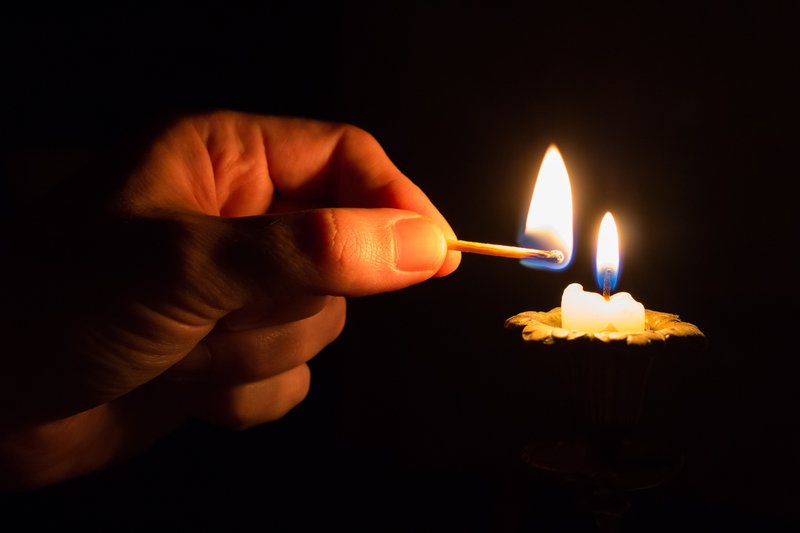New report brands 2020 as ‘most intensive’ load shedding year
Updated | By Gaopalelwe Phalaetsile
The Council for Scientific and Industrial Research (CSIR) says 2020 was the most intensive load shedding year yet for South Africa.

In its power sector statistics report, the council says the country experienced 859 hours of outages. which shed 1798 gigawatt-hours of electricity.
This is the highest since 2015.
In the first half of 2021, the country experienced 650 hours of outages.
"South Africa, unfortunately, experienced loadshedding for 650 hours in H1-2021 (15% of the time) wherein 963 GWh of estimated energy was shed which was mostly Stage 2 loadshedding. This is 76% of the total loadshedding experienced during 2020," said the report.
Load shedding was implemented each month from January 2021 until June 2021 and was dominated by stage 2.
"The extent of loadshedding experienced was largely driven by a declining Energy Availability Factor (EAF) of the existing coal fleet where overall the EAF was 61.3% for H1-2021 (relative to 65% in 2020 and 66.9% in 2019).
"A concerning shift of the unplanned outage component of the EAF has also been highlighted where unplanned outages of up to 15 300 MW were experienced and were greater than 10 000 MW for more than 80% of H1-2021," said the report.
Coal continues to dominate the South African energy mix contributing 81.1% of the national energy mix in the first half of 2021.
The report states that the contribution from renewable energy sources totaled almost 11%.
These include Solar PV, Wind, Hydro, Concentrating Solar Power CSP, and others, while zero-carbon sources contributed 14.3%.
ALSO READ:

Show's Stories
-
LISTEN: Widow's new partner upset about old wedding ring
There is no one-size-fits-all when it comes to navigating grief.
The Drive with Rob & Roz 7 hours ago -
WATCH: Wimbledon champion shares sweet moment with young royals
Which is rarer: meeting a Wimbledon winner or a British Royal family mem...
The Drive with Rob & Roz 8 hours ago